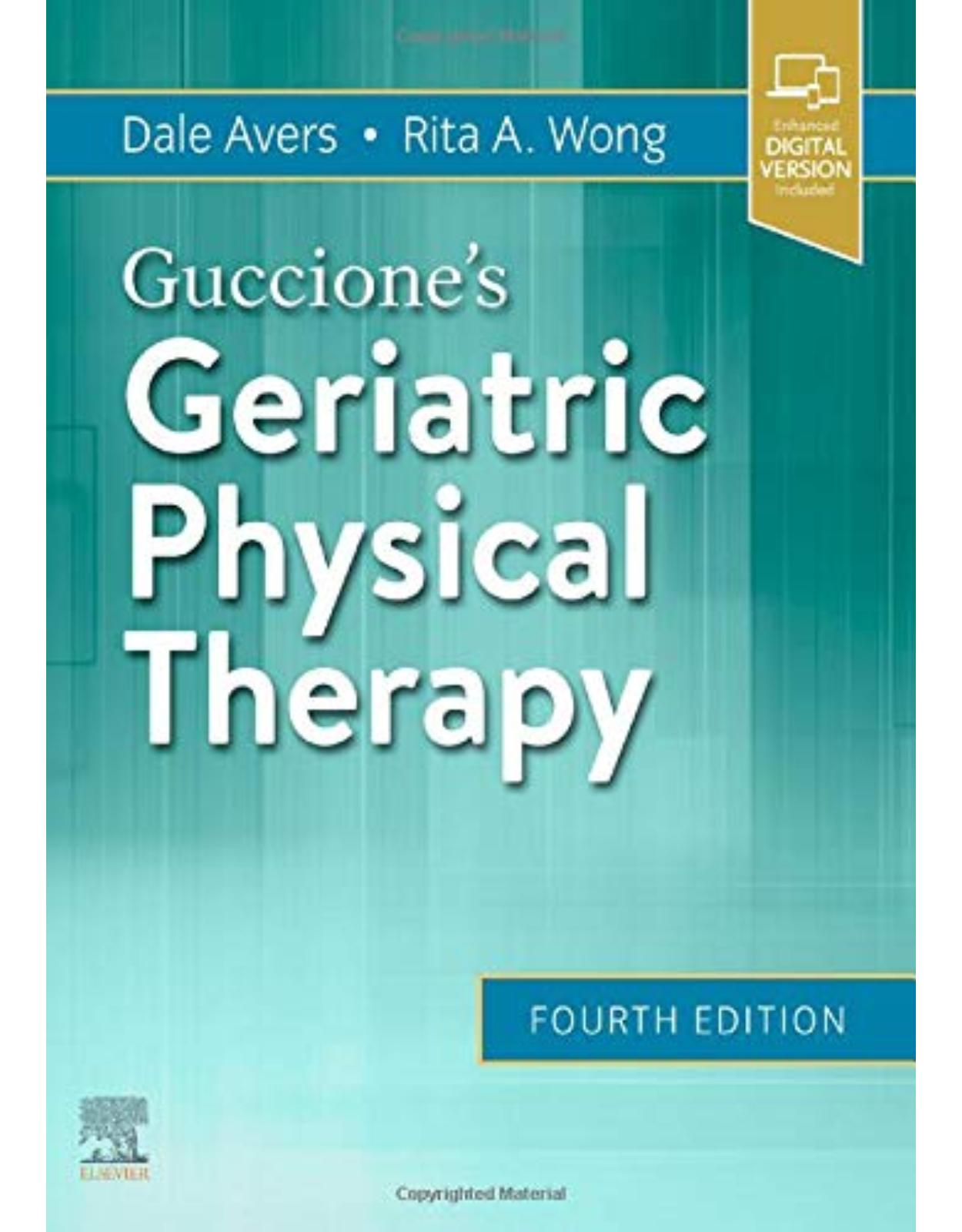
Guccione’s Geriatric Physical Therapy, 4th Edition
Livrare gratis la comenzi peste 500 RON. Pentru celelalte comenzi livrarea este 20 RON.
Disponibilitate: La comanda in aproximativ 4 saptamani
Autor: Avers�Wong
Editura: Elsevier
Limba: Engleza
Nr. pagini: 736
Coperta: Hardback
Dimensiuni: 21.6 x 3.2 x 28.6 cm
An aparitie: 2020
Description:
Offering a comprehensive look at physical therapy science and practice, Guccione’s Geriatric Physical Therapy, 4th Edition is a perfect resource for both students and practitioners alike. Year after year, this text is recommended as the primary preparatory resource for the Geriatric Physical Therapy Specialization exam. And this new fourth edition only gets better. Content has been thoroughly revised to keep you up to date on the latest geriatric physical therapy protocols and conditions. Five new chapters have also been added to this edition to help you learn how to better manage common orthopedic, cardiopulmonary, and neurologic conditions; become familiar with functional outcomes and assessments; and better understand the psychosocial aspects of aging. In all, you can rely on Guccione’s Geriatric Physical Therapy to help you effectively care for today’s aging patient population.
- Comprehensive coverage of geriatric physical therapy prepares students and clinicians you to provide thoughtful, evidence-based care for aging patients.
- Combination of foundational knowledge and clinically relevant information gives you a meaningful background in how to effectively manage geriatric disorders
- Updated information reflects the most recent and relevant information on the Geriatric Clinical Specialty Exam.
- Standard APTA terminology introduces you to the terms you will hear in practice.
- Expert authorship ensures all information is authoritative, current, and clinically accurate.
- NEW! Thoroughly revised and updated content across all chapters keeps you up to date with the latest geriatric physical therapy protocols and conditions.
- NEW! References located at the end of each chapter point you towards credible external sources for further information on a given topic.
- NEW! Treatment chapters guide you in managing common conditions in orthopedics, cardiopulmonary, and neurology.
- NEW! Chapter on functional outcomes and assessment lists relevant scores for the most frequently used tests.
- NEW! Chapter on psychosocial aspects of aging give students a well-rounded view of the social and mental conditions commonly affecting their geriatric patients.
- NEW! Chapter on frailty covers a wide variety of interventions to optimize treatment.
· Chapter 1: Geriatric Physical Therapy in the 21st Century: Overarching Principles and Approaches to Practice
· Introduction
· Aging
· Health, function, and disablement
· Key principles in geriatric physical therapy
· The physical therapist in geriatrics
· Summary
· Chapter 2: Aging Demographics and Trends
· Introduction
· Demography
· Mortality
· Morbidity
· Function
· Health and Health Care Utilization
· Chapter 3: Age-Related Physiological Changes: An Overview
· Introduction
· Aging: a decline in homeostasis
· Musculoskeletal System
· Exercise for reversing decline/preventing disease and sedentary lifestyle
· Summary
· Chapter 4: Psychosocial Aspects of Aging
· Introduction
· Psychosocial theories
· Successful aging
· Motivation and engagement
· Life transitions
· Gender and sexual identity
· Sex and intimacy
· Spirituality
· Trauma-informed care and mental health conditions
· Summary
· Chapter 5: Environmental Design: Accommodating Sensory Changes and Mobility Limitations in the Older Adult
· Introduction
· General principles of design
· General theories of environmental design
· Sensory changes impacting independence and well-being within the environment
· Impact of Sensory Changes on Driving
· Adapting living environments to accommodate sensory changes
· Teaching/consulting strategies
· Summary
· Chapter 6: Geriatric Pharmacology
· Introduction
· Pattern of Drug Use in Older Adults: Problems of Polypharmacy
· Altered Response to Drugs
· Other factors that increase the risk of adverse drug reactions in older adults
· Common Adverse Drug Reactions
· Drug Classes Commonly Used In Older Adults
· General strategies for coordinating physical therapy with drug treatment in older adults
· Chapter 7: Functional Performance Measures and Assessment for Older Adults
· Introduction
· Purposes of Measuring Functional Performance
· Relationship Between Function And Impairments
· Types of Functional Outcome Measures
· Selection of Functional Performance Measures
· Functional Performance Measures
· Balance Measures
· Summary
· Chapter 8: Exercise and Physical Activity for Older Adults
· Introduction
· Physical activity
· Physical stress theory
· General indications and precautions
· Elements of an exercise prescription
· Application of principles to exercise types
· Safety
· Summary
· Chapter 9: Age-Related Changes in Gait and Mobility
· Introduction
· Normal gait
· Pathologic gait changes
· Interrelatedness of gait and cognition
· Functional ambulation requirements
· Examination and evaluation of gait
· Plan of care and interventions
· Summary
· Chapter 10: Balance and Falls in Older Adults
· Introduction
· Definition and Classification of Falls
· Fall Risk Factors
· Postural Control and Aging
· Examination and Evaluation of Balance and Risk of Falls
· Examination of Impairments in Postural Control
· Intervention
· Summary
· Chapter 11: Patient Education: Implications for Physical Therapist Practice
· Introduction
· Patient Education in Physical Therapy
· Learning Theory: Understanding How We Learn
· The Older Learner
· The Therapist as Teacher
· Environmental Influences
· Patient Education: Putting It All Together
· Learning Assessment
· Chapter 12: Caregiving of the Older Adult
· Introduction
· Caregiving Context and Statistics
· Domains of Caregiver Activities
· The Caregiver Role Trajectory
· The Stress Process
· Specific Caregiving Relationships
· Multicultural Issues in Caregiving
· Elder Abuse
· Summary
· Chapter 13: The Older Adult Who Is Frail
· Introduction
· Prevalence
· Models of frailty
· Domains of frailty
· Frailty transitions
· Implications of frailty
· Pathophysiology of frailty
· Frailty and sarcopenia
· Assessment of frailty
· Management of frailty
· Prevention
· Chapter 14: Management of the Acutely Ill and Medically Complex Older Patient
· Introduction
· Review of Systems
· Systems Review
· Other Medical Issues
· Prevention
· Summary
· Chapter 15: Impaired Joint Mobility in Older Adults
· Introduction
· Joint mobility with aging
· Joint Examination
· Evaluation and Diagnosis
· Intervention
· Outcomes
· Summary
· Chapter 16: Impaired Muscle Performance in Older Adults
· Introduction
· Consequences of sarcopenia
· Muscle countermeasures for older individuals
· Summary
· Chapter 17: Impaired Motor Control and Neurologic Rehabilitation in Older Adults
· Acknowledgments
· Introduction
· Common Motor Control Impairments
· Examination of Patients With Impaired Motor Control
· Prognosis and Diagnosis
· Plan of Care and Rehabilitation Approach
· Current Evidence Underlying Impaired Motor Control Interventions
· Summary
· Chapter 18: Aerobic Capacity and the Management of the Patient with Cardiovascular and Pulmonary Limitations
· Introduction
· Physiology of aerobic capacity in older adults
· Common Medical Conditions Impacting Aerobic Capacity
· Pulmonary disease
· Summary
· Chapter 19: Cognitive Issues in the Older Adult
· Introduction
· Normal cognitive aging
· Structural Changes in the Brain
· Delirium
· Dementia
· Cognitive screening and assessment tools
· Management
· Carepartner education
· Summary
· Chapter 20: The Management of Post-Surgical Orthopedic Conditions in the Older Adult
· Introduction
· Health Behavior Change
· Fractures
· Hip and knee joint arthroplasties
· Shoulder surgeries
· Spinal surgeries
· Summary
· Chapter 21: Management of Integumentary Conditions in Older Adults
· Introduction
· Aging-Related Changes in the Skin
· Physical Skin Assessment
· Common Skin Conditions
· Common Wound Conditions
· Quality of Life and Future Directions
· Chapter 22: Management of the Pelvic Floor in Older Men and Women
· Introduction
· Normal Bladder Function
· The Pelvic Floor
· Bladder Control as a Geriatric Syndrome
· Aging of the Genitourinary System
· Urinary Tract Infections and Urinary Retention
· Identification, Screening, and Assessment of Bladder Control Problems
· Interventions
· Summary
· Chapter 23: Wellness in the Older Adult
· Introduction
· Physical Wellness
· Psychological wellness
· Social wellness
· Physical activity and exercise–focused wellness programs
· Physical therapists’ scope of practice
· Summary
· Chapter 24: Acute Care Management of the Older Adult
· Introduction
· Issues with Hospitalization of the Older Adult
· Preventative Initiatives and Programs
· Care Coordination and Communication
· Role of the Physical Therapist in the Acute Care Environment
· Hospital-Acquired Deconditioning and Post-ICU Syndrome
· Physical Therapy Contribution to Fall Prevention
· Physical Therapist Role in the ICU
· Trauma Management
· Oncology Considerations
· Differentiating “Simple” from “Complex” Management Considerations
· Postsurgical Acute Management of Common Orthopedic Surgeries
· Role of the Physical Therapist in Emergency Department
· Summary
· Chapter 25: Postacute Care Management of the Older Adult
· Introduction
· Inpatient Rehabilitation Facilities
· Skilled Nursing and Long-Term Care Facilities
· Physical Therapy Patient Management in the Skilled Nursing Facility and Long-Term Care Settings
· Examination and Evaluation
· Interventions
· Unique Challenges in the Long-Term Care Setting
· Restorative programs
· Dealing With Dementia and Depression
· Future Trends in Postacute Care
· Chapter 26: Home Health Management of the Older Adult
· Introduction
· Definition of homebound
· Role of the physical therapist in home health
· Documentation
· The initial visit
· Goal setting
· Episode of care
· Physical therapy intervention in the home
· Care transitions and patient self-management: a vision for home health
· Summary
· Chapter 27: Hospice and End of Life
· Introduction
· An Overview of Hospice and Palliative Care
· Planning for Death with Dignity: Advanced Directives
· Hospice Care: Supporting Death with Dignity and Comfort
· Models of Physical Therapy Practice in Hospice and Palliative Care
· Clinical Issues—Considerations for Care
· Pain and Symptom Management
· Palliative Sedation
· The Physiological Process of Dying
· Cultural Issues With Acceptance of Death
· Confronting the Reality of Death
· Summary
· Chapter 28: The Senior Athlete
· Introduction
· Defining the Population: Who Is the Senior Athlete?
· Effects of Aging on Performance and Physiological Changes in Senior Athletes
· Movement Performance in Senior Athletes
· Mechanical Constraints in Senior Athletes
· Sport-Specific Training and Programming Considerations for Senior Athletes
· Summary
· Chapter 29: Health Policy for Physical Therapists and Older Adults
· Introduction
· Public Policy, Health Policy, and Advocacy
· Federal and State Payment Systems for Older Adults
· Fraud, Waste, and Abuse
· Shift to Outcomes, Quality, and Value
| An aparitie | 2020 |
| Autor | Avers�Wong |
| Dimensiuni | 21.6 x 3.2 x 28.6 cm |
| Editura | Elsevier |
| Format | Hardback |
| ISBN | 9780323609128 |
| Limba | Engleza |
| Nr pag | 736 |


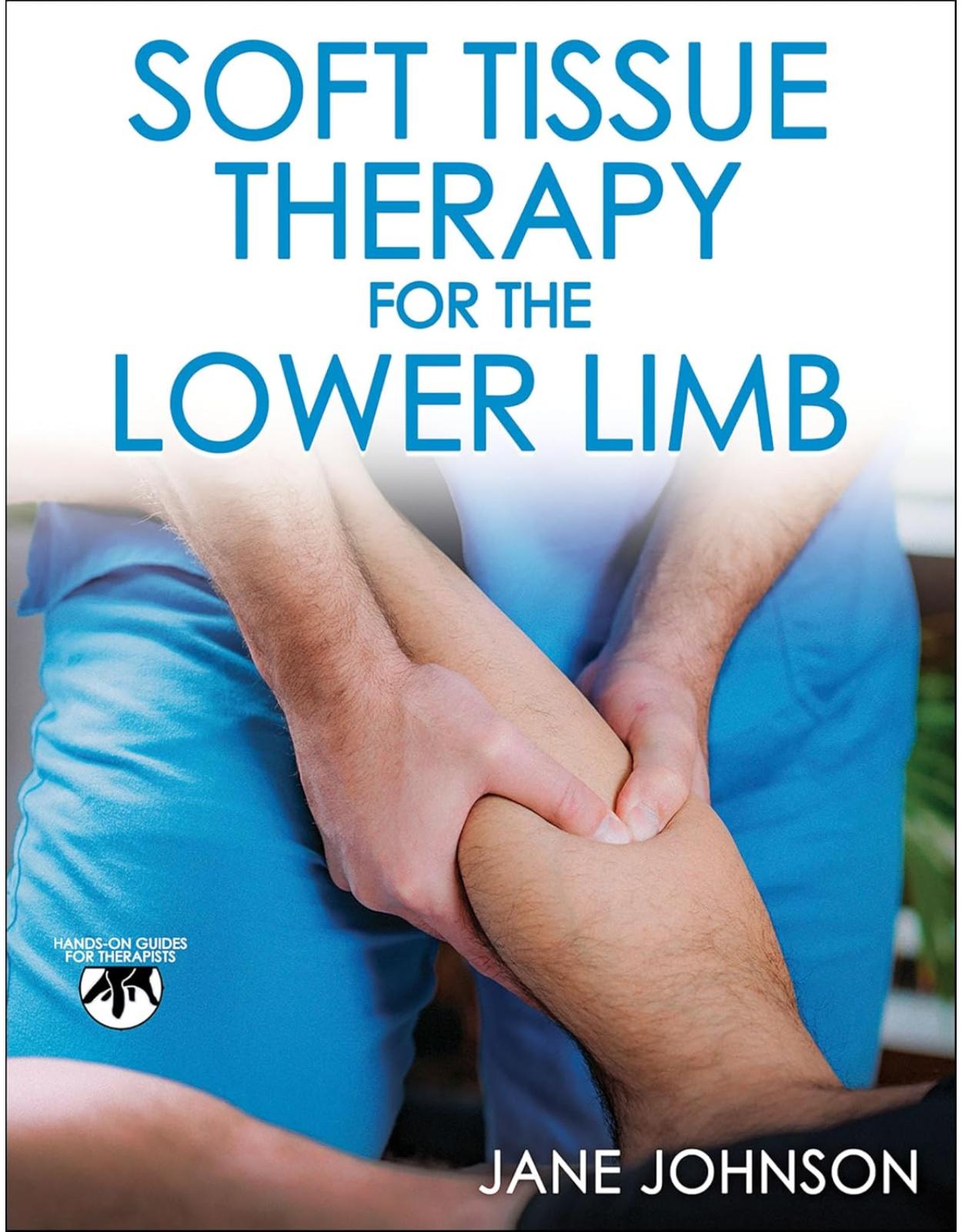






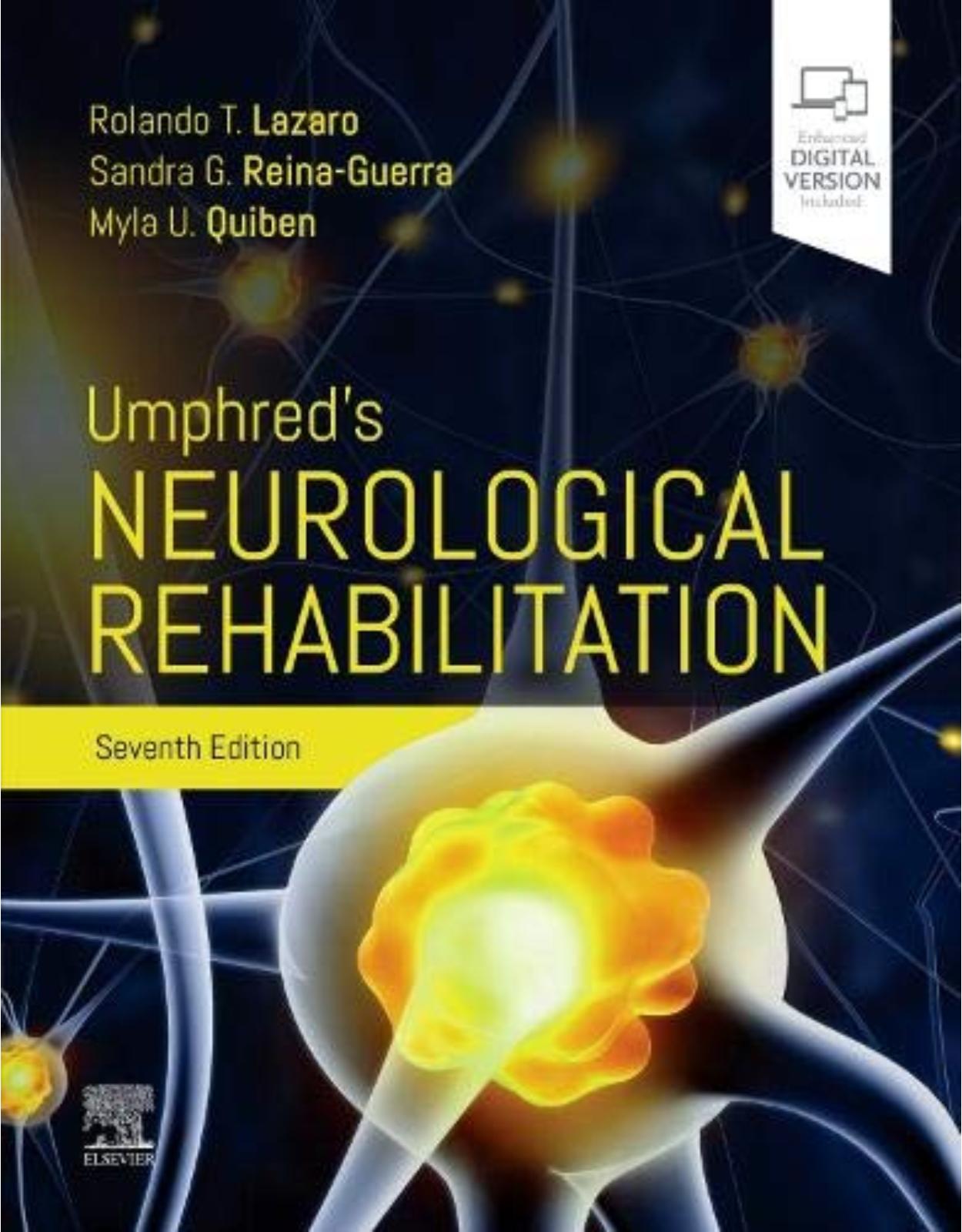




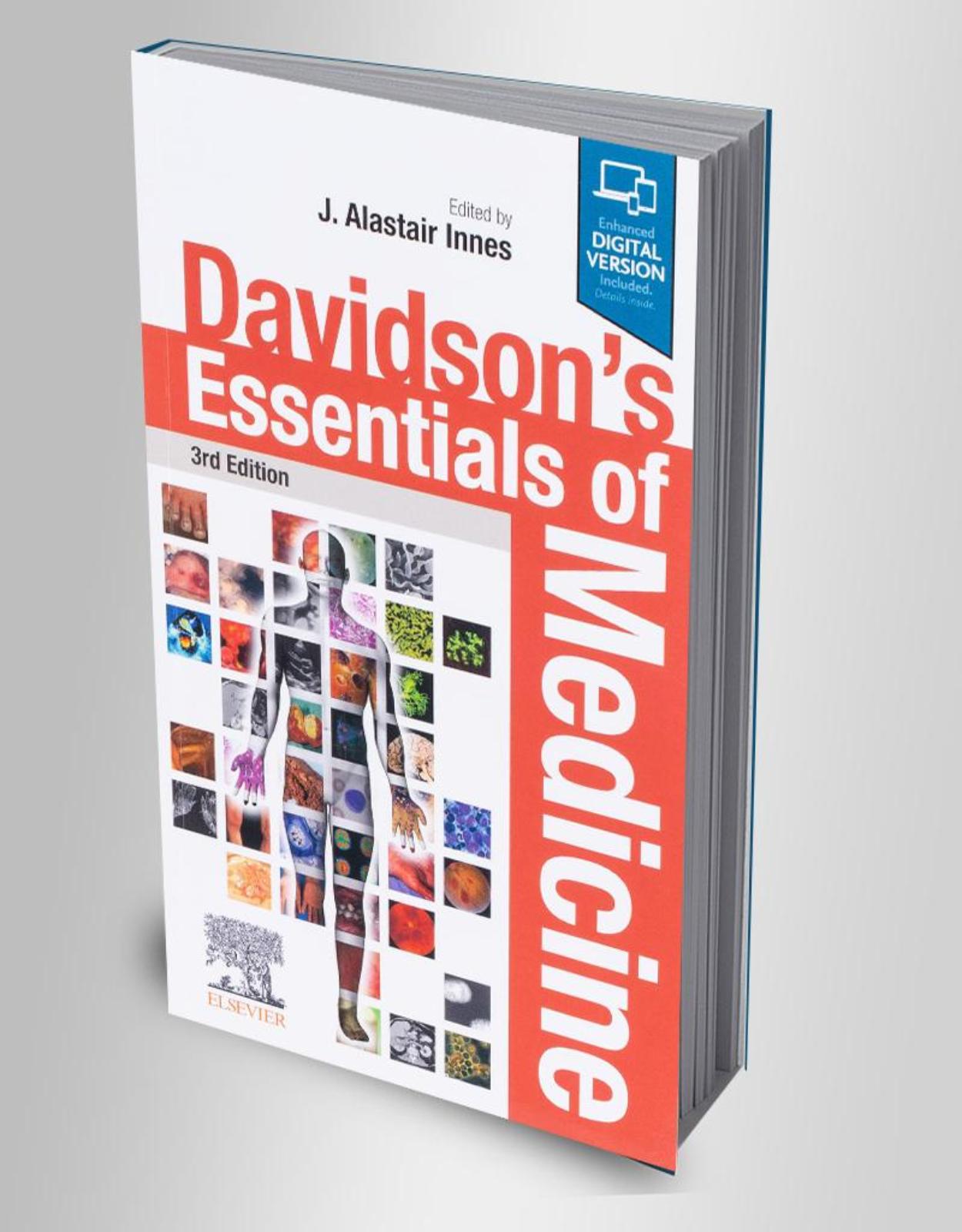


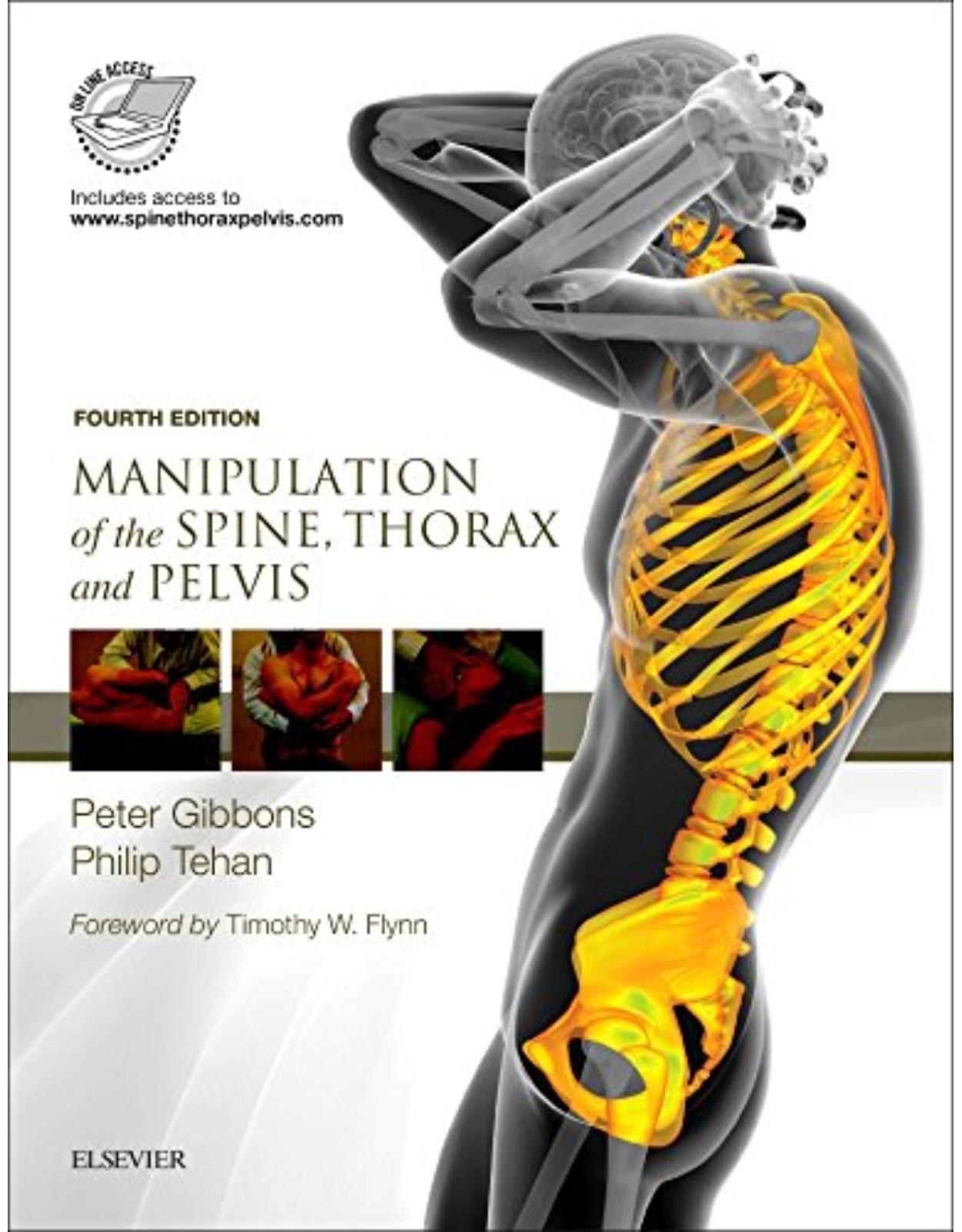
Clientii ebookshop.ro nu au adaugat inca opinii pentru acest produs. Fii primul care adauga o parere, folosind formularul de mai jos.